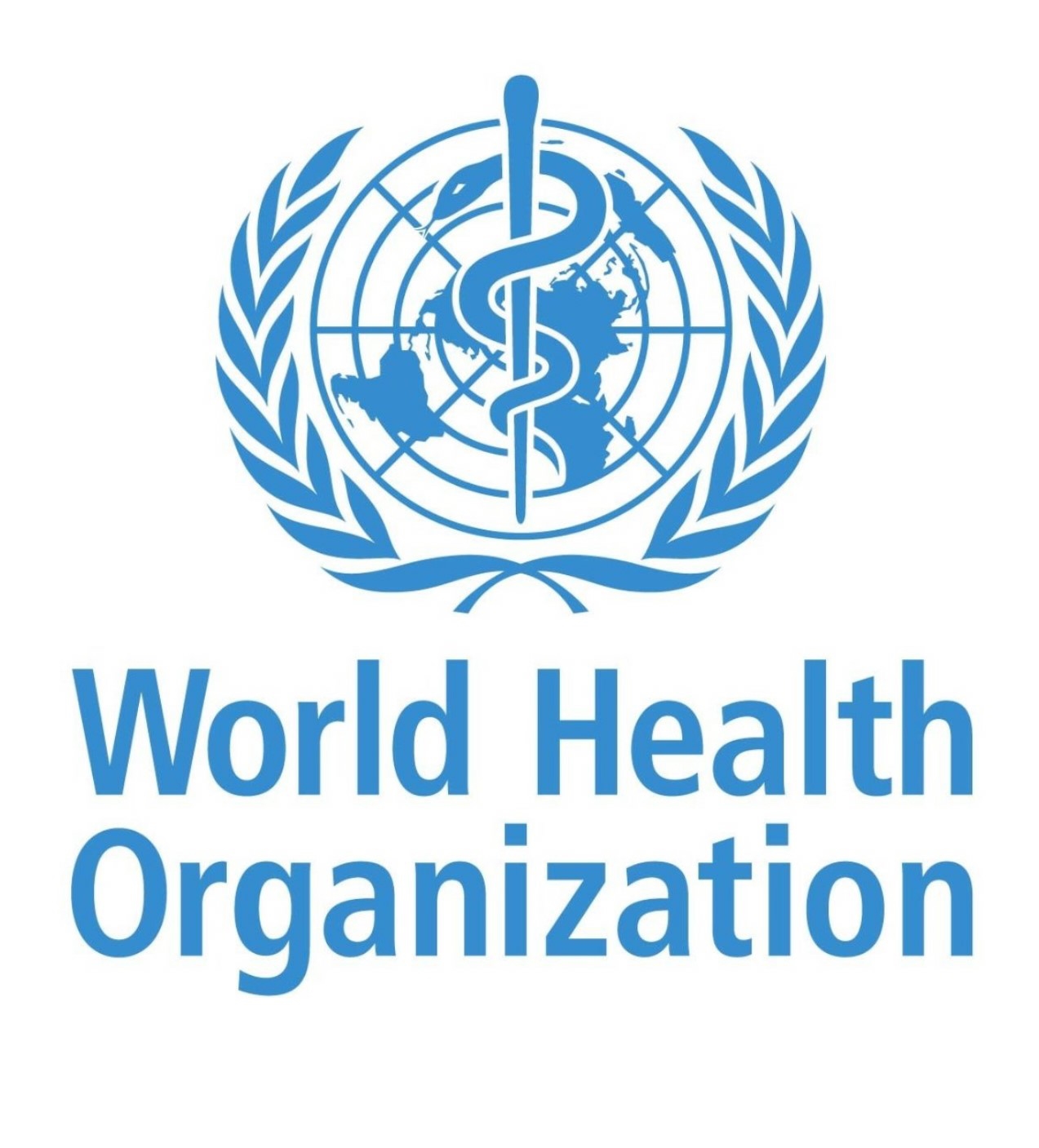WHO Releases First Guideline for Chronic Low Back Pain
/By Pat Anson, PNN Editor
The World Health Organization (WHO) has released its first-ever guideline for managing chronic low back pain, recommending treatments such as exercise, physical therapy, chiropractic care and non-steroidal anti-inflammatory drugs (NSAIDs).
Chronic low back pain — also known as “non-specific low back pain” — is defined as pain that persists longer than three months, with symptoms that cannot be accounted for by a structural spinal problem or disease process such as arthritis.
Although lower back pain (LBP) is the leading cause of disability worldwide – affecting about 619 million people – there has been little certainty about how to treat it. Almost all of the clinical trial evidence reviewed by WHO’s guideline development group was considered low or very low quality, a persistent problem.in many medical guidelines dealing with pain.
The lengthy 274-page guideline takes a dim view of some commonly used therapies for LBP, such as muscle relaxants, anticonvulsants, steroids, opioids, transcutaneous electrical nerve stimulation (TENS), and injectable anesthetics – treatments that are primarily used in high-income countries. WHO recommends a more holistic approach to LBP, using therapies that are affordable and accessible to more people.
"Addressing chronic low back pain requires an integrated, person-centred approach. This means considering each person's unique situation and the factors that might influence their pain experience," Dr. Anshu Banerjee, WHO Director for Maternal, Newborn, Child, Adolescent Health and Ageing, said in a press release. "We are using this guideline as a tool to support a holistic approach to chronic low back pain care and to improve the quality, safety and availability of care."
WHO recommends that adults with chronic LBP start with treatments that are the least invasive and least potentially harmful. The values and preferences of patients should also be considered, as they are more likely to adhere to therapies they consider helpful.
Recommended Treatments for Chronic LBP
Patient education and counseling
Exercise or physical therapy
Acupuncture or dry needling
Spinal manipulation (chiropractic care)
Massage
Cognitive behavioral therapy or mindfulness
NSAIDs
Topical cayenne pepper
The guideline states that opioid analgesics “should never be used as a stand-alone treatment” for chronic LBP. When opioids are used alongside other therapies, the lowest dose should be prescribed and only for a short duration, according to WHO.
Recommendations against routine use are also made about many other pharmaceuticals, including antidepressants, anticonvulsants, muscle relaxers, glucocorticoids (steroids), weight loss drugs, and injectable anesthetics such as lidocaine or bupivacaine.
No recommendations are made about benzodiazepines, cannabis or acetaminophen (paracetamol), primarily due to lack of evidence, but also because of potentially harmful side effects. Cayenne pepper is the only herbal remedy recommended by WHO.
The guideline does not address surgical procedures such as spinal fusions and spinal cord stimulators, or invasive procedures such as epidural injections.
WHO’s 25-member guideline development group included a broad range of clinical experts from around the world. Among them is Roger Chou, MD, a researcher and longtime critic of opioid prescribing who heads the Pacific Northwest Evidence-based Practice Center. Chou is a co-author of the 2016 and 2022 CDC opioid guidelines, and has collaborated on several occasions with members of Physicians for Responsible Opioid Prescribing (PROP), an anti-opioid advocacy group. Chou let his Oregon medical license lapse in 2022.
One of the clinical trials reviewed by WHO’s guideline group is a controversial Australian study – known as the OPAL study -- that found low dose opioids gave little relief to patients with short-term back and neck pain. The OPAL study has been panned by critics because the treatment period only lasted six weeks and used a formulation of oxycodone that would not normally be used in clinical practice. Nevertheless, it’s been cited as evidence that “prolonged opioid use” is ineffective.
In 2021, WHO updated its guideline on the treatment of chronic pain in children, recommending that prescription opioids only be used for children who are dying or seriously ill. An earlier WHO guideline that recommended more pediatric use of opioids was withdrawn in 2019, after two U.S. congressmen accused the United Nation’s health agency of being “corruptly influenced” by opioid manufactures.







